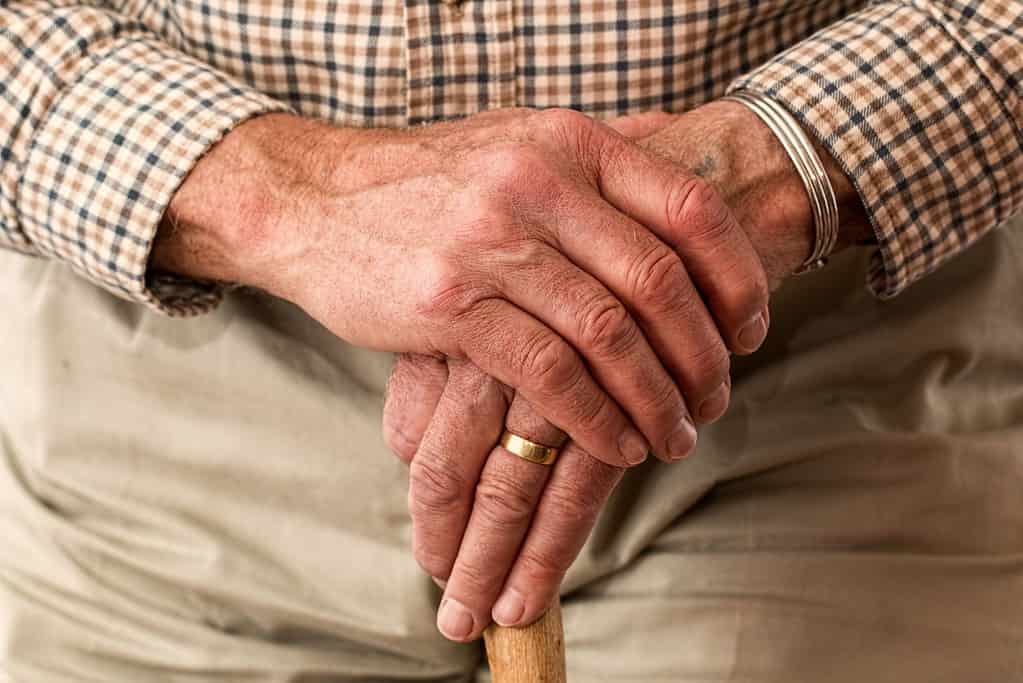
Falls pose a significant risk to older adults, leading to hospitalization and institutionalization. Efforts to prevent falls have been crucial to geriatric education and health. However, a recent study conducted by the University of Michigan reveals a concerning trend – falls are increasing by about 1.5% annually among those 65 and older, with variations based on geography.
The findings raise questions about the effectiveness of prevention strategies and highlight the need for more investment in education and funding for fall prevention programs.
Why are falls increasing among adults?
Determining why the rising fall rates among older adults is a complex task. The study attempted to account for age-related factors, but there could be other factors at play. Changes in health and function among the population shifts in prescribing patterns for medications associated with falls, or even an increase in the number of active older adults could contribute to the upward trend. Additionally, changes in treatment, care practices, and administrative coding of fall injuries might influence the findings.
The study also shed light on the wide variation in fall injury rates across different regions in the United States. Counties with the highest fall rates had as many as 75% higher fall rates than those with the lowest rates. This suggests that environmental factors may play a significant role in falls, an aspect that has been less explored until now.
By focusing on specific areas with higher risk, targeted risk management strategies could prove cost-effective and beneficial in preventing falls. For instance, caregivers and family members could receive training on how to help the elderly stand up could prevent unpleasant consequences of fall accidents. However, it’s worth noting that data from less populated areas, particularly in the Central Plains and South, may be less reliable due to sparsity.
Lillian Min, an associate professor of geriatric and palliative medicine at Michigan Medicine, emphasizes the value of using national Medicare data to track falls among older adults on a large scale. Such monitoring can help identify the benefits of more effective prevention efforts and pinpoint potential harms, such as the increasing use of medications that contribute to fall risk. By leveraging comprehensive data, researchers can gain valuable insights that will aid in developing targeted and impactful prevention strategies.
There may be a significant association between fall rates and the severity of illness among Medicare beneficiaries. As older individuals live longer, there is a shift in demographics, along with changes in enrollment patterns. Moreover, insurance-related limitations pose challenges in mitigating fall risks effectively.
While Medicare covers treatment for fall-related injuries, long-term care that could help maintain function in older individuals is not covered. This coverage gap further exacerbates the risks associated with falls.
The economic burden of falls
Falls have a substantial impact on both individuals and the healthcare system. In the United States, around 4.5 million older adults suffer falls annually which results in an estimated cost to Medicare of $15 billion to $30 billion each year. That’s huge.
Previous reports on increased fall injury trends were limited in scope, relying on self-reported data that may have undercounted moderate injuries. This new study examined national trends and geographic variability, providing a more comprehensive understanding of fall injuries
The study’s analysis of claims from 2016-2019 revealed an average annual increase of 1.5% in fall injuries among adults aged 65 and older. This equates to an additional 106,000 new fall injuries during the study period, corresponding to an estimated $1 billion in new fall injury spending.
These figures underscore the pressing need for proactive measures to address this issue. By investing in prevention programs, enhancing education, and allocating funding toward fall education and prevention, society can take significant strides in reducing the occurrence of falls among older adults.
The new study appeared in the journal JAMA Network Open.









